M-system HDMS User manual




















This manual suits for next models
1
Table of contents
Popular Radar manuals by other brands
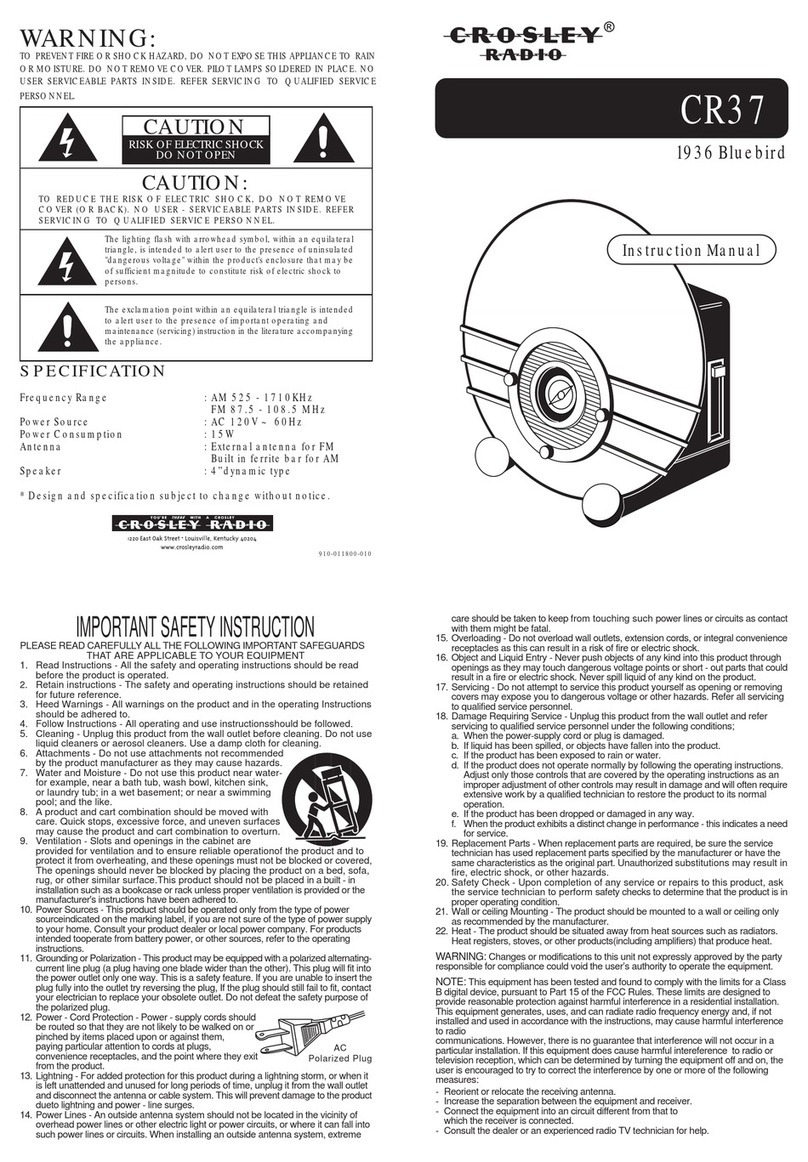
Crosley
Crosley CR37 instruction manual
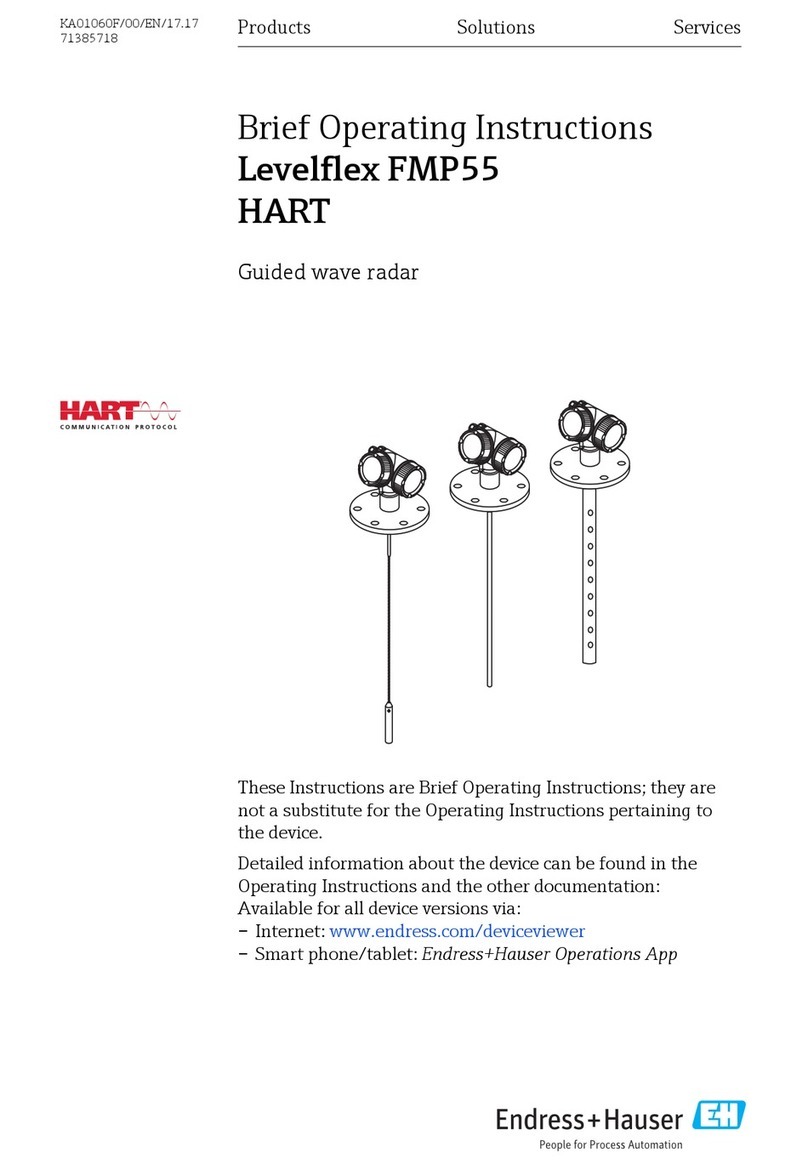
Endress+Hauser
Endress+Hauser Levelflex FMP55 Brief operating instructions

Carmanah
Carmanah SpeedCheck-15 install guide

Siemens
Siemens SITRANS LG250 operating instructions
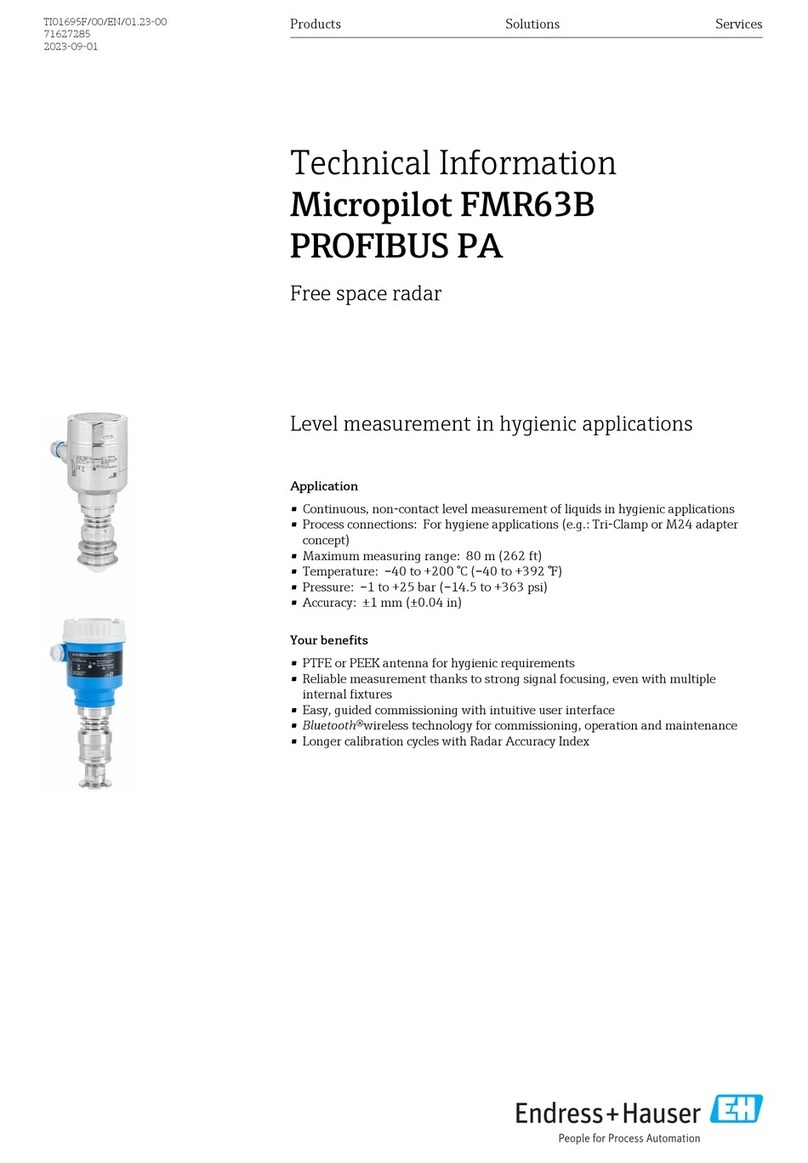
Endress+Hauser
Endress+Hauser Micropilot FMR63B PROFIBUS PA technical information
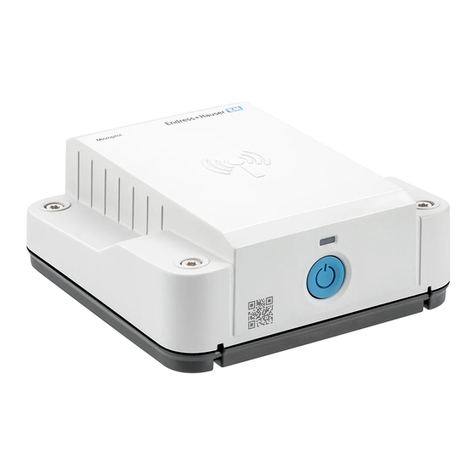
Endress+Hauser
Endress+Hauser Micropilot FWR30 operating instructions
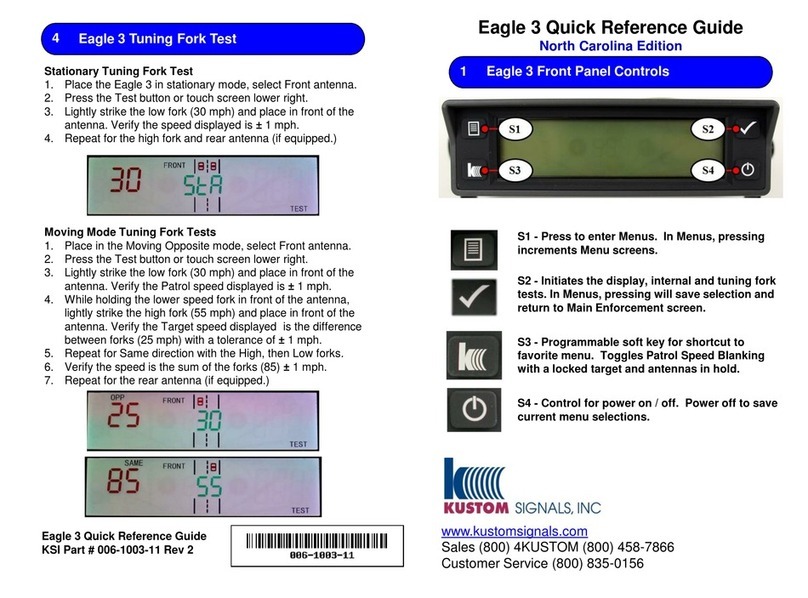
Kustom Signals
Kustom Signals Eagle 3 North Carolina Quick reference guide
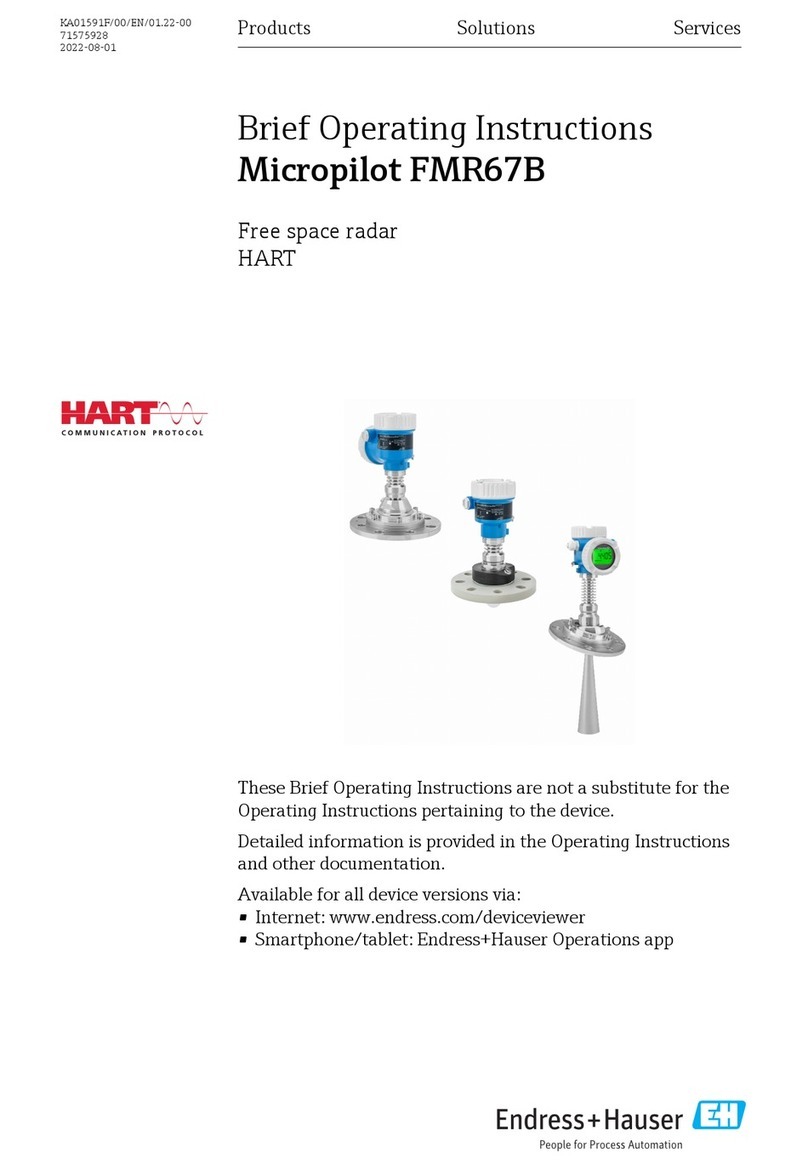
Endress+Hauser
Endress+Hauser Micropilot FMR67B Brief operating instructions
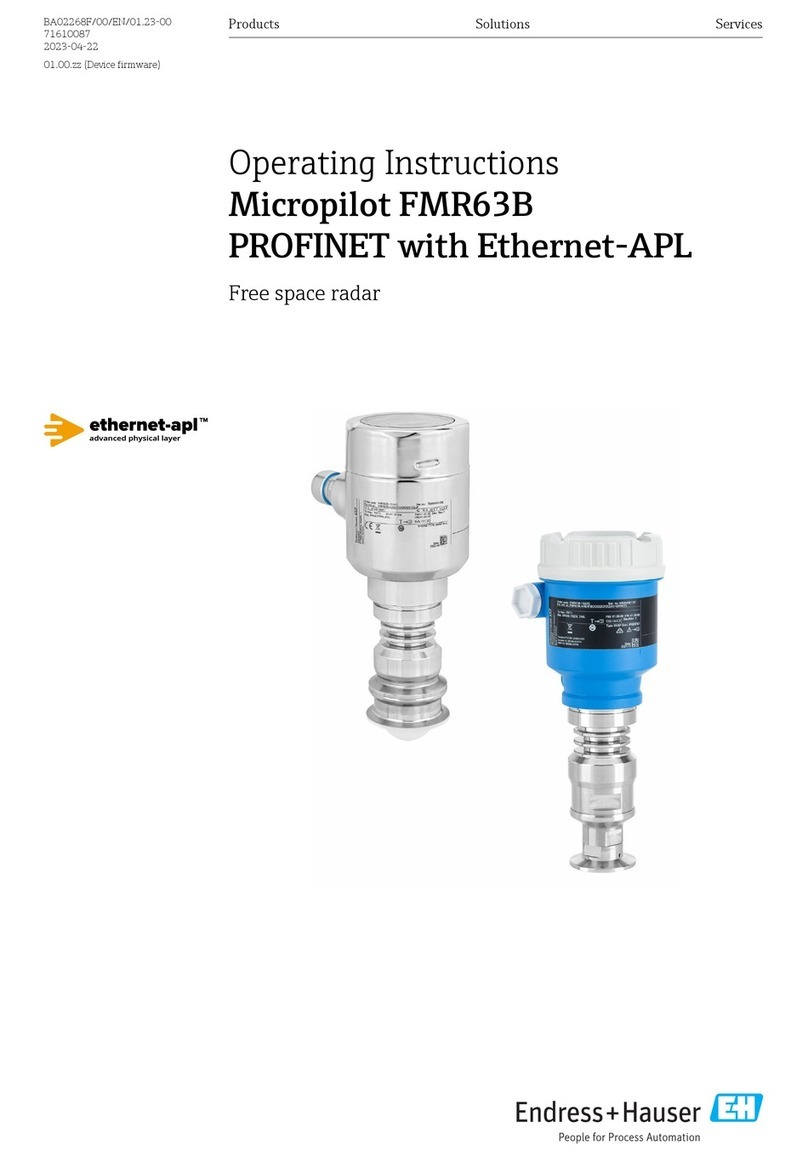
Endress+Hauser
Endress+Hauser Micropilot FMR63B operating instructions
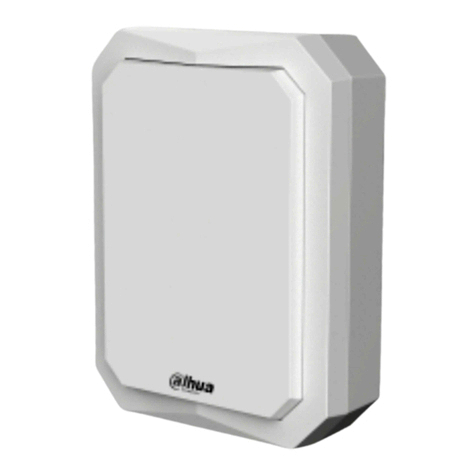
Dahua Technology
Dahua Technology DH-PFR4K-E50 user manual
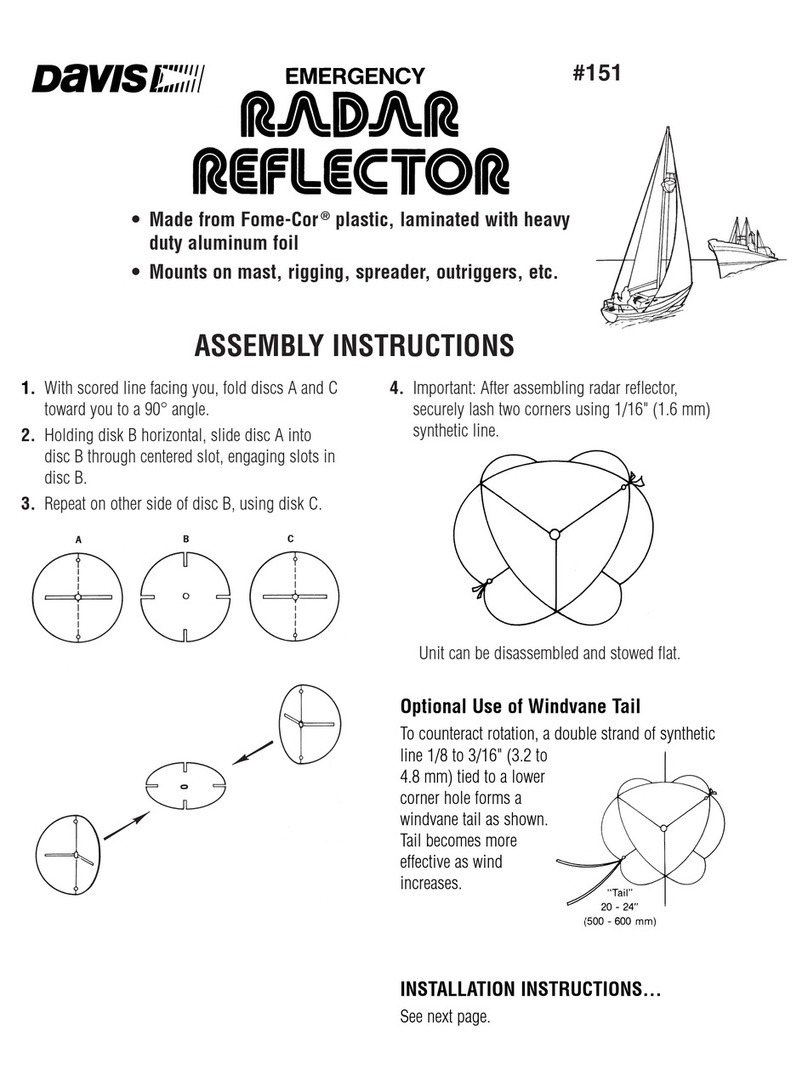
Davis Instruments
Davis Instruments 151 Assembly instructions
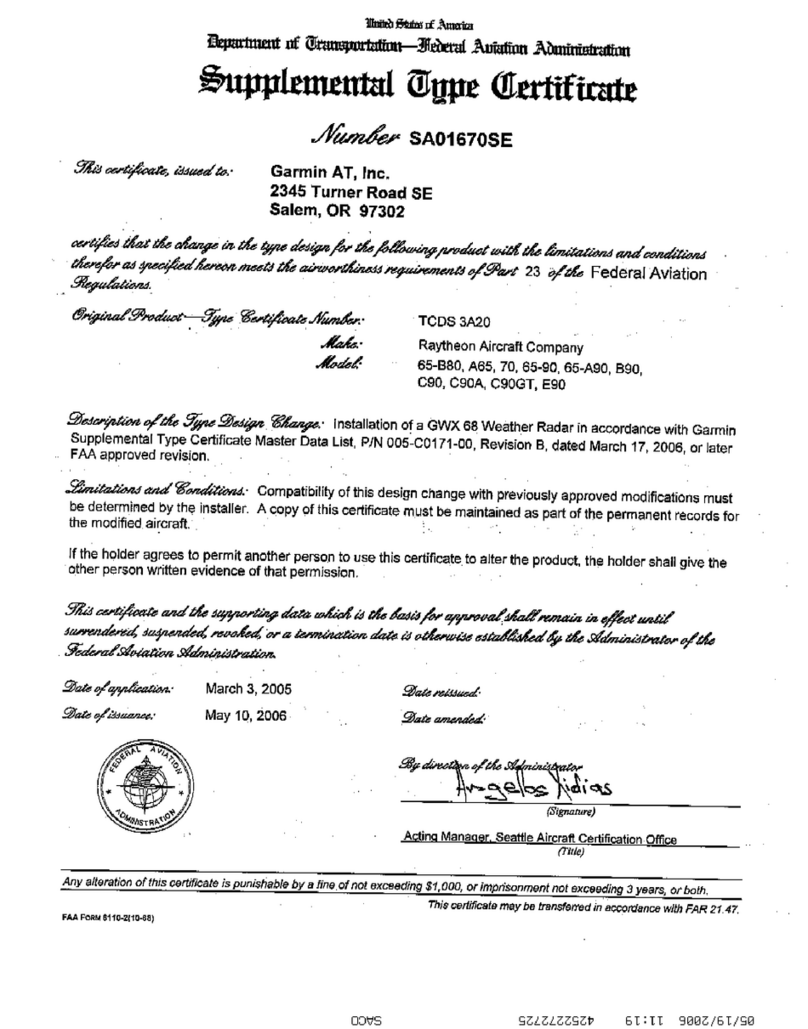
Garmin
Garmin GWX 68 Supplemental Type Certificate

AirNav
AirNav RadarBox manual
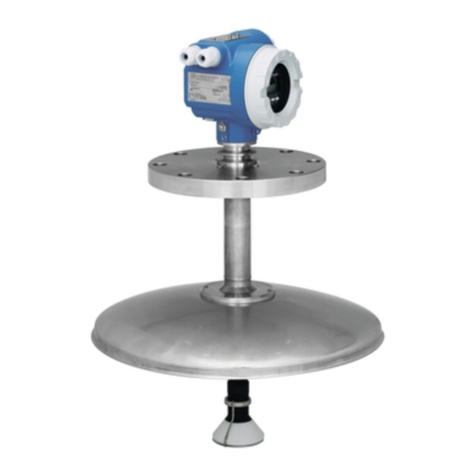
Endress+Hauser
Endress+Hauser micropilot S FMR 533 operating instructions
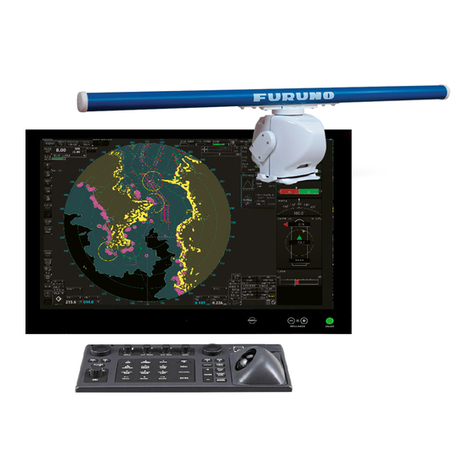
Furuno
Furuno FAR-3210 instruction manual
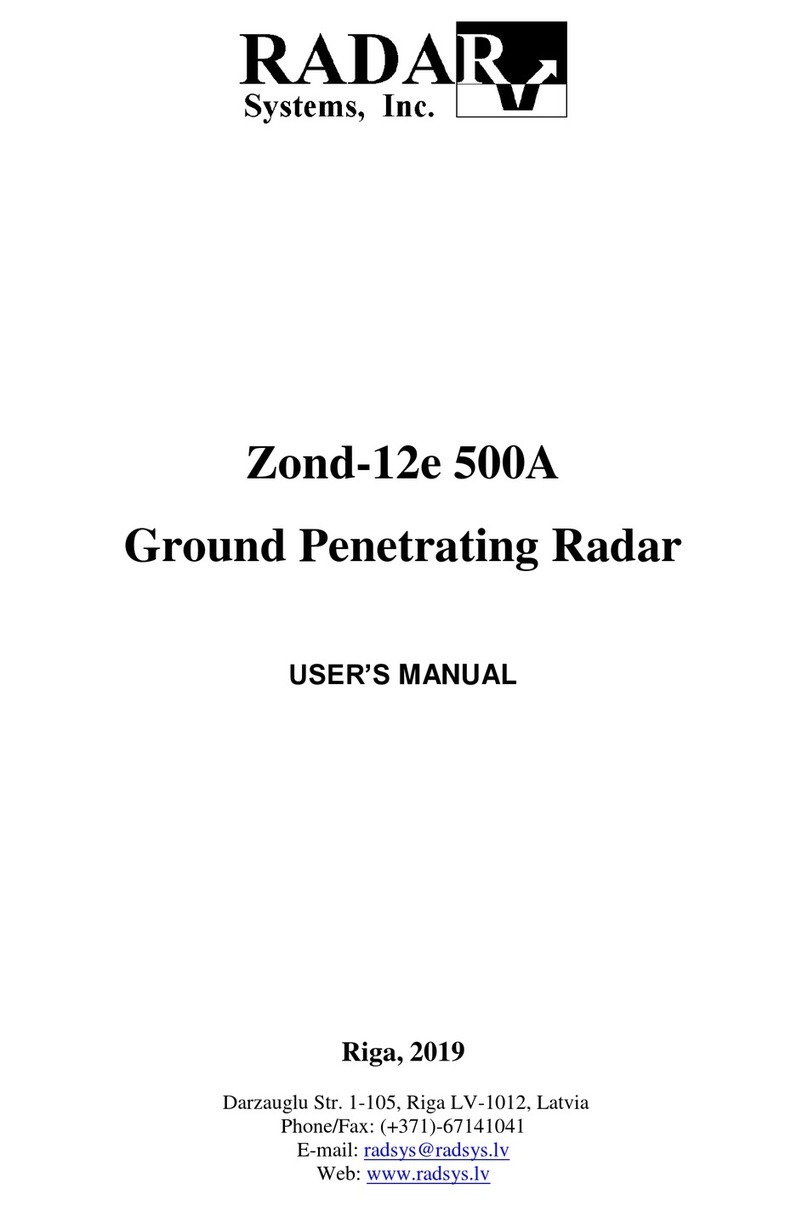
Radar Systems
Radar Systems Zond-12e user manual

SpotterRF
SpotterRF 3D-500 quick start guide

Endress+Hauser
Endress+Hauser Micropilot FMR66B PROFINET with Ethernet-APL technical information